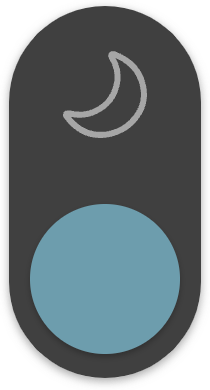
In a bold move to combat Japan's declining birthrate, the government is planning to fully cover childbirth costs under a new public insurance scheme. The proposal, which aims to be implemented by 2026, seeks to ease the financial burden on families and encourage more couples to have children.
Japan's birthrate has been in freefall, with the number of births in 2024 dropping to 720,988, marking the ninth consecutive year of record lows. This figure includes children born to foreign residents in Japan, and experts warn that the number of births among Japanese nationals alone may have already fallen below 700,000.
Japan's Prime Minister Shigeru Ishiba has made reversing this trend a top priority since taking office. His "Children's Future Strategy" focuses on improving the childcare environment to promote larger families.
On Wednesday, May 14, Japan's health authorities submitted a report proposing to incorporate childbirth expenses into the public insurance system. Currently, pregnant women receive a one-time childbirth subsidy, which was increased to 500,000 yen (approximately HK$26,700) in 2023. However, rising inflation and increased hospital fees have made the subsidy insufficient.
In a 2024 survey conducted by a government research committee on maternity support, involving 1,012 obstetrics facilities, the average cost of hospitalization and childbirth was found to be 497,385 yen (approximately HK$26,600). For cesarean sections, the cost averaged 511,299 yen (approximately HK$27,300), while epidural childbirth averaged 603,338 yen (approximately HK$32,300).
Related News:
'July 5 megaquake' prediction in Japanese manga sparks panic: Author urges rationality
Osaka yakitori restaurant refuses to serve Chinese customers: Food company issues apology




















Comment